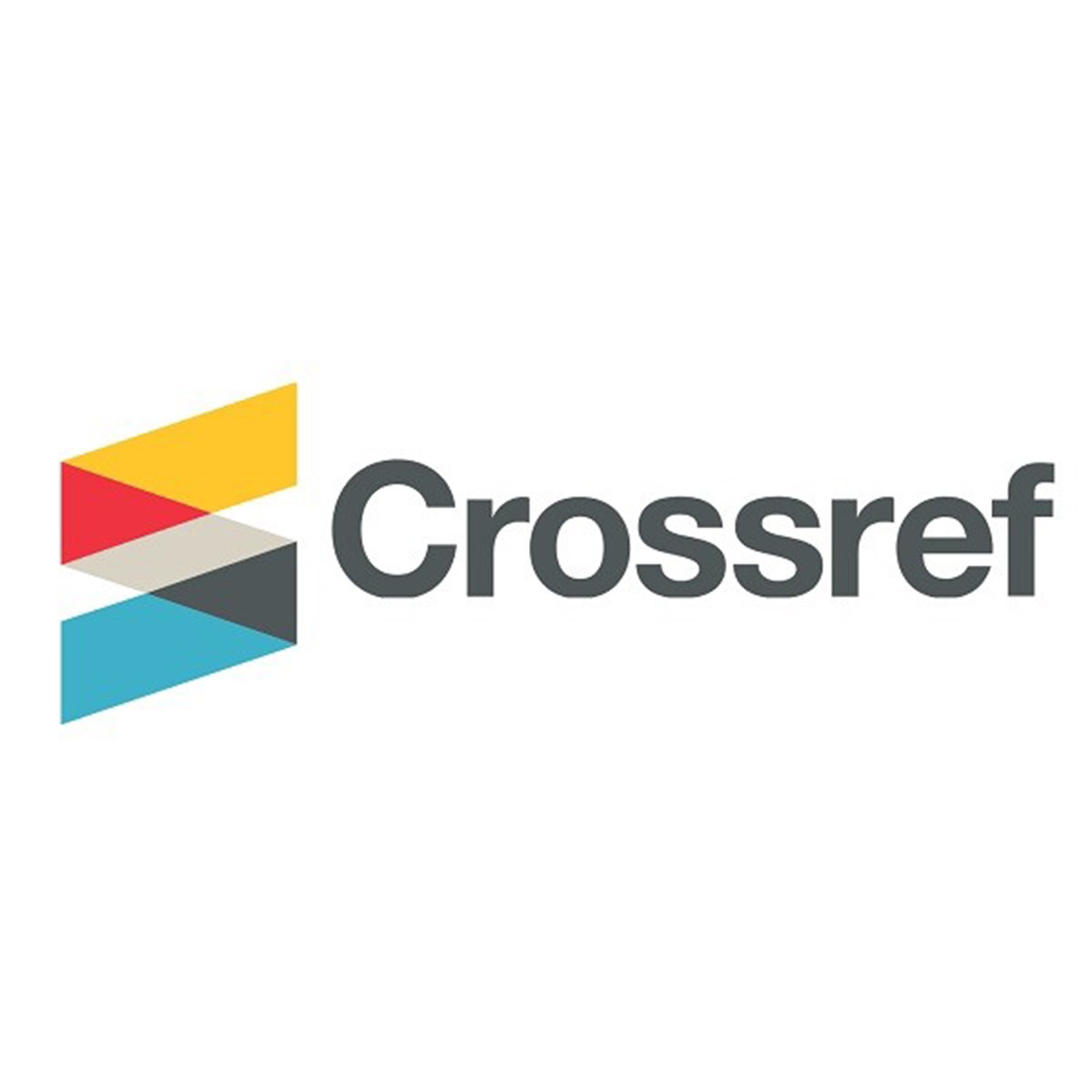Self-Efficacy vs Career Maturity: Quantitative Findings Among College Students
DOI:
https://doi.org/10.32585/advice.v6i2.5827Abstract
This study aims to determine the relationship between self-efficacy and career maturity in Islamic Guidance and Counseling Education (BKPI) students of IAIN Madura. Using a quantitative approach with a correlational method, this study involved 80 students of the 2020 intake. We collected data using two scales: a career maturity scale (27 items, = 0.887) and a self-efficacy scale (14 items, = 0.811). Data analysis was carried out using Spearman's rank correlation. The results showed a significance value of 0.045 (<0.05) and a correlation coefficient of 0.225, which indicated a positive and significant relationship between self-efficacy and career maturity. This means that the higher the self-efficacy, the higher the career maturity of students. Conversely, low self-efficacy is related to low career maturity. The conclusion of this study is to accept the alternative hypothesis (Ha).
Downloads
Downloads
Published
Issue
Section
License
Copyright (c) 2024 Ishlakhatus Sa'idah

This work is licensed under a Creative Commons Attribution-ShareAlike 4.0 International License.
Authors who publish with the Advice: Jurnal Bimbingan dan Konseling. agree to the following terms:
- Authors retain copyright and grant the journal the right of first publication with the work simultaneously licensed under a Creative Commons Attribution License (CC BY-SA 4.0) that allows others to share the work with an acknowledgment of the work's authorship and initial publication in this journal.
- Authors are able to enter into separate, additional contractual arrangements for the non-exclusive distribution of the journal's published version of the work (e.g., post it to an institutional repository or publish it in a book), with an acknowledgment of its initial publication in this journal.
- Authors are permitted and encouraged to post their work online (e.g., in institutional repositories or on their website) prior to and during the submission process, as it can lead to productive exchanges, as well as earlier and greater citation of published work.







